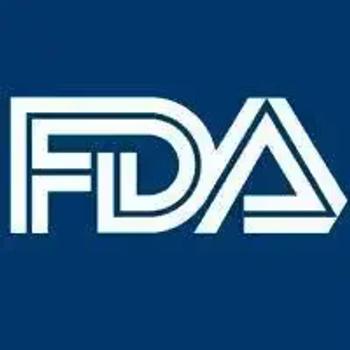
ASCO endorses prostate Ca active surveillance guideline
Surveillance “should be more commonly used for patients with low-risk prostate cancer,” argues an author of the endorsement.
The American Society of Clinical Oncology (ASCO) has endorsed, with added qualifying statements, Cancer Care Ontario’s guideline on Active Surveillance for the Management of Localized
Recommended:
The guideline, which was published in the
ASCO’s Endorsement Panel reviewed the recent guideline’s content and recommendations. Their
“Active surveillance should be more commonly used for patients with low-risk prostate cancer, instead of radical prostatectomy or radiation treatment,” lead author Ronald C. Chen, MD, MPH, of the University of North Carolina Lineberger Comprehensive Cancer Center and UNC School of Medicine, said in a
Also see -
The ASCO panel, which included several urologists, endorsed Care Cancer Ontario’s recommendations that active surveillance is advised for most patients with low-risk (Gleason score 6 or less) localized prostate cancer. The panel endorsed that, when making prostate cancer patient management decisions, urologists and other providers should take into account patients’ age, prostate cancer volume, preference, and ethnicity. This is because prostate cancer is more likely to progress with active surveillance in younger patients, African-Americans, and men with high-volume cancer in the prostate. Providers may offer the option of active surveillance to select patients with low-volume, intermediate-risk (Gleason 3+4=7) prostate cancer.
“Active surveillance is a very important management option to preserve the benefits of prostate cancer screening (detection of life-threatening disease at a curable stage), while reducing the downstream harms (avoiding overtreatment of non-aggressive disease),” said Urology Times Editorial Council member Stacy Loeb, MD, of New York University Langone Medical Center. Dr. Loeb was not on the panel that authored the report.
Read -
“I already offer active surveillance to all of my patients with low-risk disease, and recent studies show that its use is increasing rapidly in the U.S. and elsewhere. Hopefully, this strong endorsement of active surveillance by ASCO will lead to a further increase in the proportion of low-risk patients undergoing active surveillance.”
Related video: Active surveillance for prostate cancer
According to the recommendations, active surveillance protocols should include PSA testing, digital rectal examinations, and serial prostate biopsies. And while ancillary magnetic resonance imaging scans and genomic tests are investigational and require more research to become routine parts of surveillance, they could play a role in managing patients with discordant clinical and/or pathologic findings.
Recommended:
“Traditionally, the follow-up protocol has relied on serial PSA tests, prostate exams, and repeat biopsies. However, prostate biopsy is an invasive, uncomfortable procedure, and our group reported that the risks of biopsy-related infections have increased over time in the United States due to increasing antibiotic resistance,” Dr. Loeb said
The report goes on to endorse that cancer specialists should offer active therapy to men who are reclassified to a higher-risk category (Gleason score 7 or greater) or who have significant increases in tumor volume, according to the report.
Have you read:
While the Cancer Care Ontario guideline included a recommendation that daily 5-alpha-reductase-inhibitors may have a role in men receiving active surveillance, the ASCO panel wrote the evidence does not support routine use of 5-ARIs, such as finasteride (Proscar) and dutasteride (Avodart), in active surveillance. The panel cited a randomized
The ASCO panel clarified who should undergo active surveillance versus watchful waiting, stressing that for patients with a limited life expectancy of less than 5 years, surveillance should be stopped and replaced with watchful waiting. That’s because the potential harms outweigh the benefits, according to the paper.
More on Prostate Cancer:
Newsletter
Stay current with the latest urology news and practice-changing insights — sign up now for the essential updates every urologist needs.
















